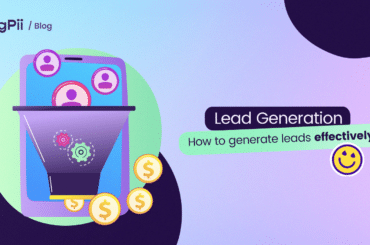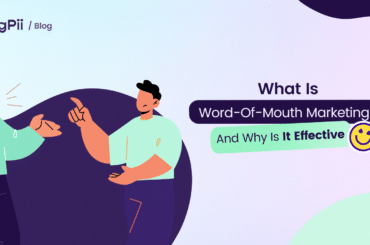What is a Pricing Experiment?
When I was working as a freelancer on Upwork, one of the aspects of negotiation that I did not enjoy was when clients asked, “what do you want to charge for this project?”
In most cases, I usually throw in the “what’s your budget?” question so that I can have a reference point from which I can either agree or disagree with the price set by the client.
The problem with answering this question is that:
- I didn’t want to scare the client away by naming a price too high.
- If I name a low price, I wouldn’t want the client to think my services are substandard.
Regarding marketing, pricing your product is one of the most important decisions that will significantly impact your business, sales, and revenue. Like me, you would not want to charge too low because a customer might perceive your products as having lesser value than other products. Also, charging too high might drive away your customers.
So, how do you find a balance such that you offer your products at a price that ensures you get the right value for your products while increasing sales and customer satisfaction?
Let’s talk about Pricing Experiments.
A pricing experiment is a form of market research aimed at uncovering new strategies or using old strategies and methods to determine how to price your products and services to increase sales and drive conversion for your business.
If businesses can apply the JTBD framework to their customer, they can easily understand the emotional, functional, and social needs their customers are trying to meet when purchasing a product. And this can be powerful in helping businesses know the best pricing strategy to boost conversion rates and maximize profits.
Why is Pricing Experiment Important?
Conducting a pricing experiment can be challenging; however, if successful, here are the benefits:
- Pricing experiments help you choose prices that maximize your profit.
- Pricing experiments enable you to preserve your perceived brand value.
- Pricing experiments allow you to find a way to get the monetary value of your products.
- Pricing experiments can help you attract new customers
- It influences market demands for your products and services.
When To Launch Pricing Experiments?
Now that you know all about pricing experiments and their importance, you are eager to start running one, but you don’t know when is the best time to launch an experiment.
In this section, we’ll discuss the time when running pricing experiments can be beneficial to your business.
-
During sales or discounts
The times when you have upcoming or ongoing sales and discounts can be a great time to launch pricing experiments.
-
When you have a new product
Introducing a new product to the market can be challenging, especially if it’s different from what your customers are used to. Running a pricing experiment at this time can help you determine the right value for your new product.
-
When sales are low
If there’s a general downtrend in sales, it might be a good time to run a pricing experiment to see how altering your pricing can boost conversion.
-
When you want to increase product prices
A good time also to run pricing experiments is when you want to increase product prices; that way, you can gauge how customers react to the increase.
Pricing Strategies
Previous studies have shown that the prices of products are influenced by factors like supply, demand, cost of production, policies, competition, economic condition, consumers, etc.
Since consumers play a significant role in pricing, much research has focused on understanding how consumer behavior can be influenced to ensure that their purchasing decisions are swayed based on pricing.
Before we launch pricing experiments, let’s look at some of the best pricing strategies that can be useful when launching pricing experiments.
- A/B Test Pricing
In the a/b test pricing strategy, you run a test with two different prices to see which drives the most conversion. Customers are grouped based on factors like demographics, purchase history, etc. Then different price points are shown to the different customer groups.
However, it is advisable not to offer the same products to customers at different price points because it creates confusion and may tarnish your brand image. If you want to A/B test prices, you should use products in the same category and not the same products.
For example, if a customer in City A sees an item for $100, another customer in City B should also see it for the same price.
- Comparative Pricing
This pricing strategy is common with subscription services where basic, standard, and premium plans are presented to customers at varying prices.
Customers usually believe that the more expensive one is of better quality and offers more value than the less expensive one. An example is the Netflix subscription plan.
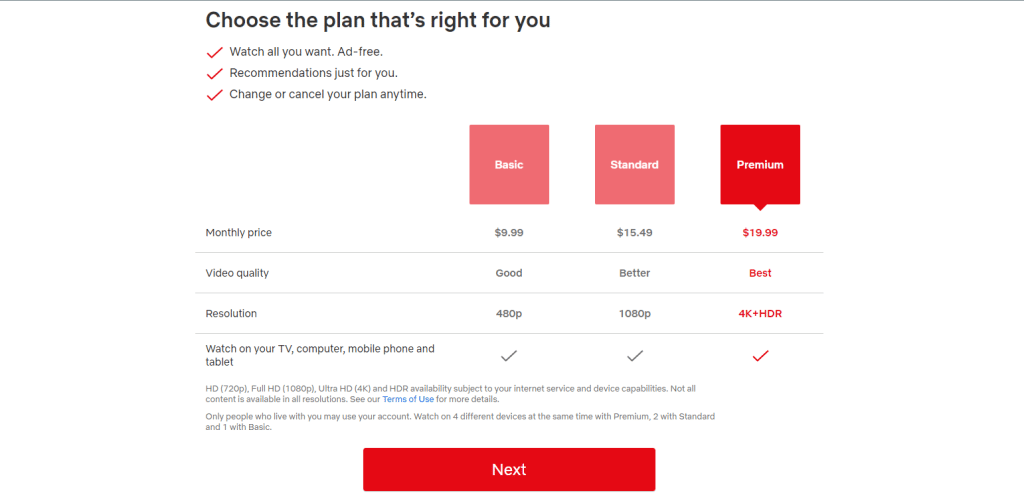
- Competitive Pricing
This marketing strategy involves researching the prices that competitors in your industry are offering for similar products or services and choosing strategic pricing points which may be slightly higher or lower than that of your competitors.
One advantage of competitive pricing is that you can quickly respond to general changes in market prices without scaring customers off.
- Item Bundling
This is a pricing strategy in which similar or complementary products are grouped and sold at a single price. This way, you get your customers to purchase more products. The catch behind item bundling is that you offer complementary products at a lower price than if they are sold separately.
A good example is if you sell mobile phones, pouches, and screen protectors, say the mobile phone costs 200 and the pouch costs 15, and the screen protectors cost 15, you can offer the three for 220, which may get customers to buy the three products together.
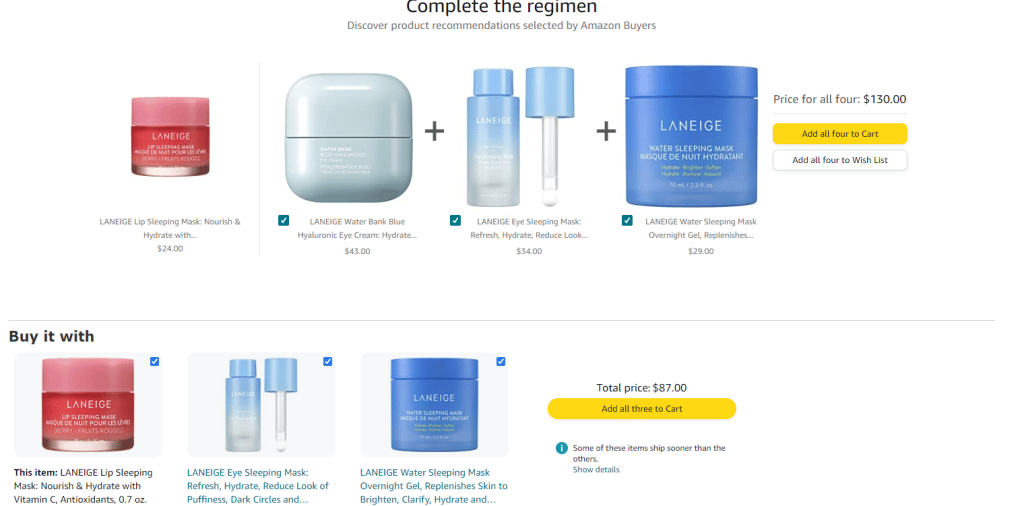
- Charm Pricing
Have you ever wondered why many online and physical stores put prices of certain items at prices ending in .99?
That right there is charm pricing.
Charm pricing uses the “left-digit bias,” which states that the leftmost digit of a price disproportionately affects how a customer perceives and evaluates the price of a product. And as such, customers see a 10.99 closer to 10 than it is to 11.
By using “99”, products are perceived to be cheaper and of better value, thereby increasing the probability of conversion. An example of this is found on the Figpii pricing page.
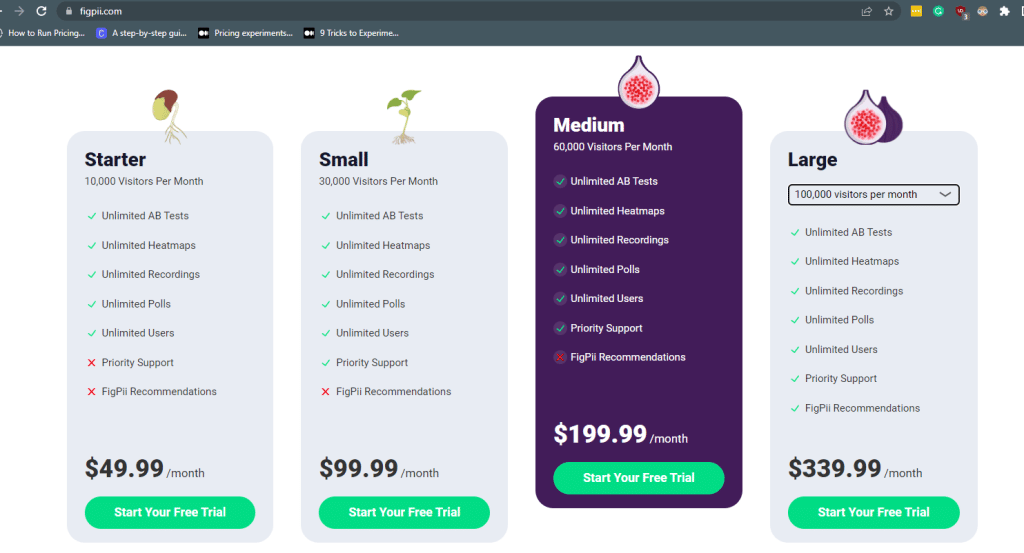
- Exclusive Pricing
Generally, humans prefer getting an exclusive product for a higher price to fulfill a socially perceived value. An excellent example of this is Apple; of course, you might think you’re paying for phones but in the real sense, what they sell is a lifestyle and social image. Same thing with designer brands like Gucci, Rolex, and Louis Vuitton.
Brands and companies market these products as exclusive, rare, and luxurious, and these attributes are, in turn, associated with customers who can afford the products.
- Price Anchoring
Have you ever checked the price of an item online just to get an idea of what the price should be before purchasing it in a physical store? Why?
Price Anchoring is obtained from the cognitive bias known as the anchoring effect, which explains that buyers’ decisions are influenced by a reference point or “anchor,” usually a price.
Anchor pricing explains that people rely on pre-existing information or the first information provided to them about price when purchasing a product.
A simple example of price anchoring is when the initial price of a product is crossed out, and a lower price is put in its place.
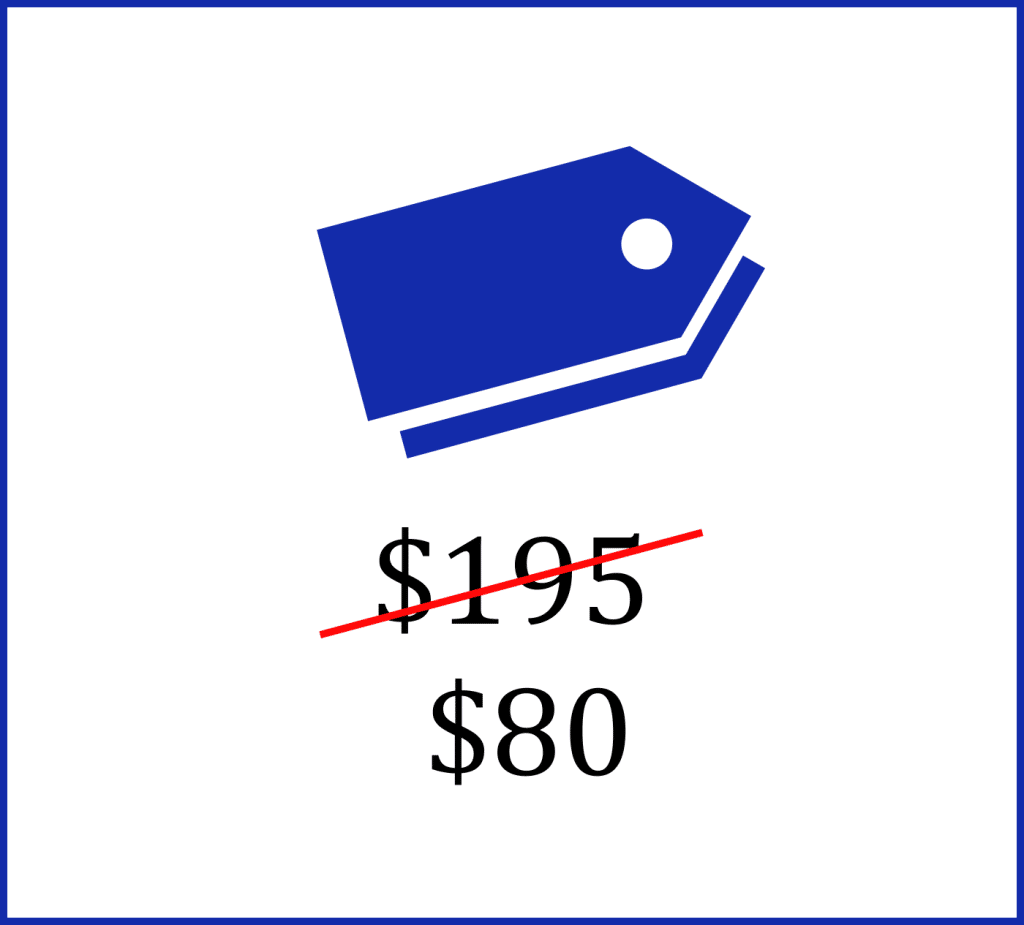
In this scenario, $80 is a much lower price than $195, which is the reference point (anchor). Therefore, customers feel they are getting the product at a great price and saving $115.
- Cost-plus pricing
This can be a good pricing strategy if you are involved in manufacturing your products.
Cost-plus pricing, also known as markup pricing, considers the cost of the product and adds a fixed percentage (markup) on top to get the product’s final price. The added percentage is usually the profit the business desires to make on the product.
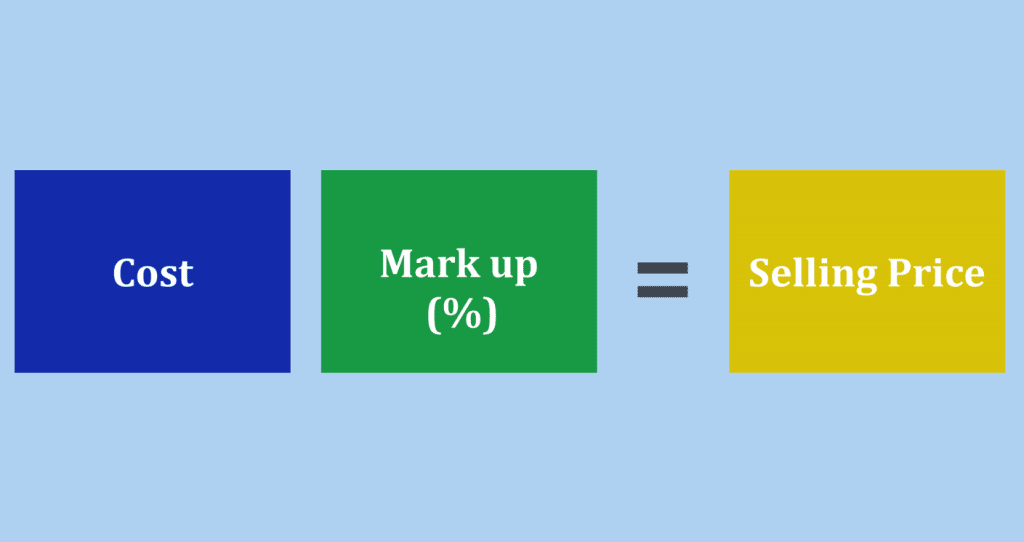
Launching Pricing Experiment
We’ve talked about different pricing strategies you can employ when launching a marketing experiment, so, How do you launch a pricing experiment?
-
Determine the goals of the experiment.
At the heart of every experiment is the need to solve a problem or answer a particular question. When launching a pricing experiment, the rules are not so different. Before you launch a pricing experiment, you should understand the why(s) and what(s) behind the experiment.
Is your goal to drive customer acquisition?
Are you looking for ways to use pricing to optimize customer retention?
Is the goal to generate more revenue and optimize cash flow?
-
Research
When it comes to pricing experiments, you want to be armed with enough information to ensure that you are on the right track. Pricing experiments are not new, and there’s a high possibility that what you’re trying to achieve has been done before.
Your research should also cover your customers. You need to know your target audience and your ideal customer profile. You can set the perfect prices for your products, and if it does not resonate with your customers, they will negatively affect your sales and conversion.
With adequate research, you can uncover pointers that help determine the best approach to your experiments.
For example, if you are in the tech or automobile industry, you can look at the top names in your industry, study what they have done or are doing with their prices, and make a few adjustments to your experiments per your business needs and goals.
-
Choose a Pricing Strategy
In the previous section, we discussed pricing strategies and how they work. Now, it’s time to carefully select the one that’s best suited to your business. Choosing a pricing strategy can be tricky; however, understanding and defining the goals of your pricing experiment can help you decide.
Questions to answer when choosing a pricing strategy
What are the goals of this pricing experiment?
What is the spending power of my target audience?
What is the cost of production?
How are the competitors pricing their products?
-
Set a Timeline
Experiments cannot run forever.
Setting a timeline for your experiments will allow you to prioritize the critical goals. Timelines also help you track the pricing experiment’s progress in terms of sales, conversion, customers’ reactions to price changes, etc.
Most importantly, it enables you to determine when you need to conclude the experiment. For instance, if you realize that you’re losing money or customers while running a pricing experiment, that might be a sign to close the curtains on such an experiment.
-
Analyze Results
Now that you have completed your pricing experiments, it’s time to organize, process, and analyze data with an analytics tool that can give pointers as to whether or not you achieved the goals of the experiments. Some of the essential indicators to look out for during analysis are:
- Sales volume
- Customer acquisition/retention
- Profit/Loss
- Revenue
What have we been able to learn from this experiment?
Which pricing strategy yielded the best results?
Should we increase or lower prices?
Conclusion
Pricing will determine whether or not your business will still be around in the next couple of weeks, months, or years. Thumbs up if you find the perfect price points for your products without much hassle. However, this article is for you; if you are still struggling to find the best price points for your products, this article is for you.
This article describes many pricing strategies you can implement when experimenting with prices. Of course, you don’t have to stick to one strategy at a time while experimenting because the best results could be from a combination of multiple strategies.


